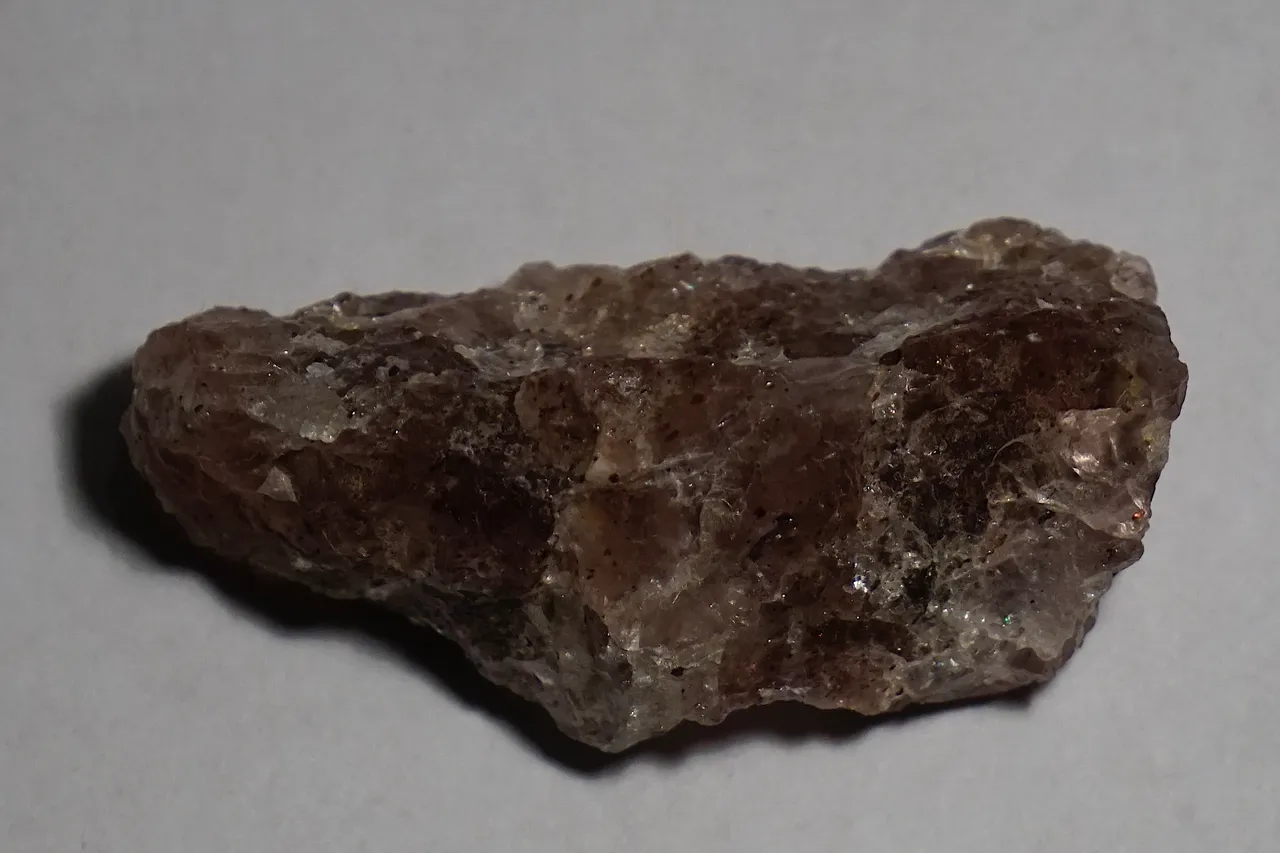Good day dear Hive community, first of all I would like to welcome you all to my contribution and hope you had a day full of positive experiences! In this post, I would like to bring a new mineral a little closer and hope you can learn something new.

You can see two different specimens of the mineral spinel here and the origin of the name is not sure, but it is assumed that it could be derived from the Latin of the word spinus. The use of the mineral can already be traced back to old times and in the past it was often confused with ruby and already in the 14th century, the English king Henry V. (1386 - 1422) wore jewelry which had been made of spinel and only in the 19th century it was found out that it is an independent mineral and has received its own name. In the past, it was probably also used by sailors as a compass and already the well-known explorer Marco Polo (1254 - 1324) reported about the mineral and also the Flemish scholar Anselmus de Boodt (1550 - 1632) already addressed the mineral and described it in one of his works. Spinel is a rather more common mineral which can be classified to the mineral class of the oxides and the color variety is extremely large and can vary from red, blue, green, violet to brown and the formation can be traced back to metamorphic or volcanic origin. Spinel is particularly often used for the processing of jewelry and unlike other minerals in this area, it is not necessary to artificially change the color and due to the enormous resistance to heat, it is also used for the production of fireproof materials or ceramics and of course it is also very popular with collectors. At the beginning of the 20th century, a chemist presents a process with which it is also possible to produce spinel synthetically and synthetically produced specimens are mostly used for demonstrative purposes and also the old alchemists already reported about spinel and thought that it could help to protect against the dangers of fire and it's definitely interesting how deeply the mineral is historically anchored.

Thank you very much for stopping by and I hope you could learn something new about minerals! I captured these pictures with my Camera Sony Alpha 6000 plus 55-210 mm lens!